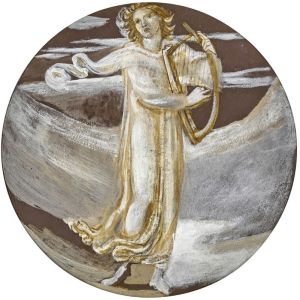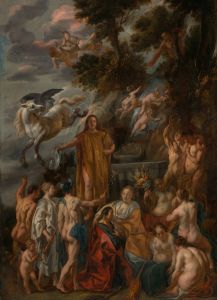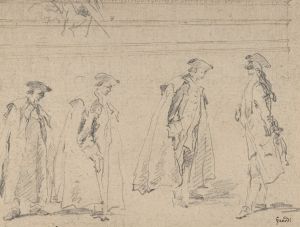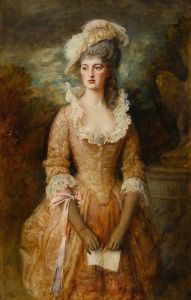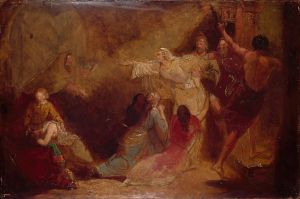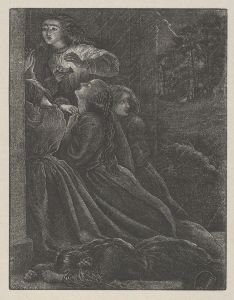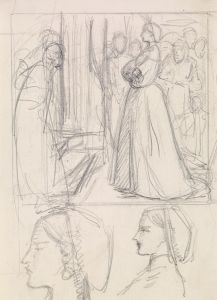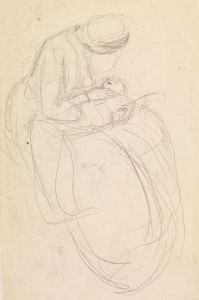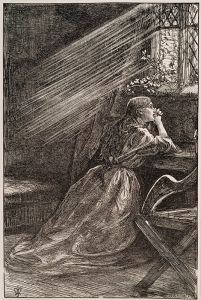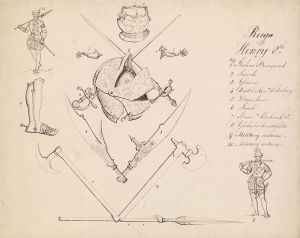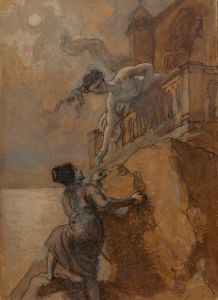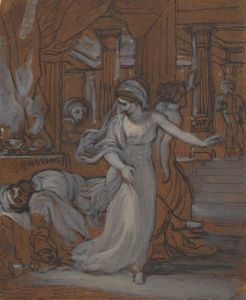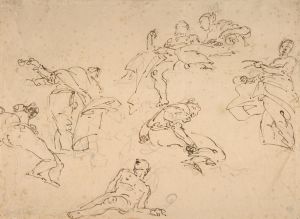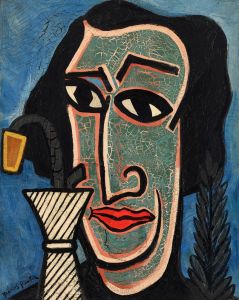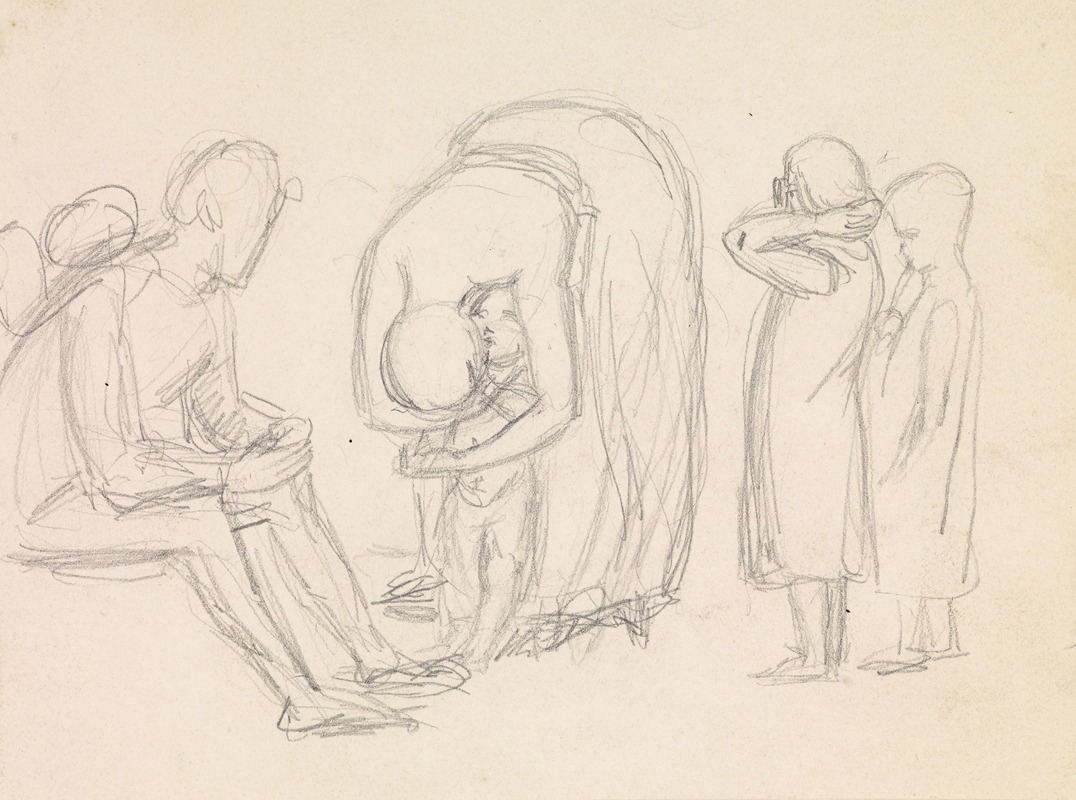
Tennyson’s Dora – Figure Studies
A hand-painted replica of Sir John Everett Millais’s masterpiece Tennyson’s Dora – Figure Studies, meticulously crafted by professional artists to capture the true essence of the original. Each piece is created with museum-quality canvas and rare mineral pigments, carefully painted by experienced artists with delicate brushstrokes and rich, layered colors to perfectly recreate the texture of the original artwork. Unlike machine-printed reproductions, this hand-painted version brings the painting to life, infused with the artist’s emotions and skill in every stroke. Whether for personal collection or home decoration, it instantly elevates the artistic atmosphere of any space.
Tennyson’s Dora – Figure Studies is a drawing created by Sir John Everett Millais, a prominent English painter and illustrator associated with the Pre-Raphaelite Brotherhood. This artwork is a preparatory study for a painting inspired by Alfred Lord Tennyson's poem "Dora," which was first published in 1842 as part of Tennyson's collection Poems. The poem tells a poignant story of familial conflict, love, and loss, centering on the character Dora, a young woman who cares for her cousin's child after a tragic family rift.
Millais, known for his meticulous attention to detail and dedication to narrative art, created this study as part of his process to explore the composition and figures for a larger work. The drawing focuses on the figures of Dora and the child, capturing their emotional connection and the tender, melancholic atmosphere of the poem. Millais often used figure studies to refine his understanding of anatomy, posture, and expression, ensuring that his final compositions conveyed the intended emotional depth and realism.
The artwork reflects Millais's broader interest in literary subjects, a hallmark of the Pre-Raphaelite Brotherhood, which sought to revive detailed, vivid, and emotionally resonant depictions of themes from literature, history, and nature. The Brotherhood frequently drew inspiration from Tennyson's poetry, as his works were rich in visual imagery and moral complexity, aligning with their artistic ideals.
While the exact date of the creation of this study is not definitively recorded, it is consistent with Millais's early career, during which he produced numerous works based on literary themes. The drawing demonstrates his skill in draftsmanship and his ability to convey subtle emotional nuances through line and form.
The current location of the drawing is not widely documented, but it is known to have been part of collections that highlight Millais's preparatory works and his contributions to Victorian art. As a figure study, it provides valuable insight into Millais's creative process and his engagement with Tennyson's poetry.
This work exemplifies the intersection of Victorian literature and visual art, showcasing how Millais and his contemporaries translated poetic narratives into compelling visual forms. It remains an important example of the Pre-Raphaelite approach to storytelling and their reverence for literary sources.





